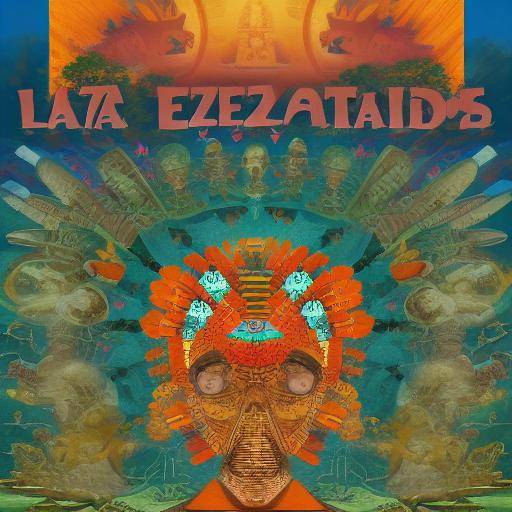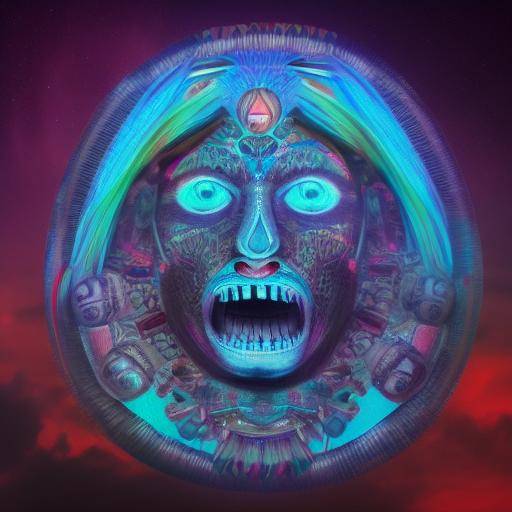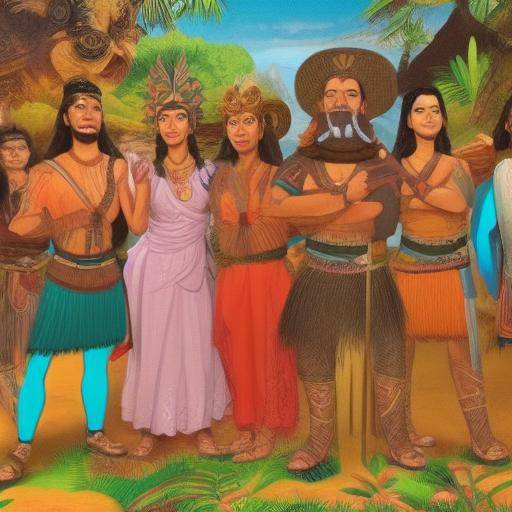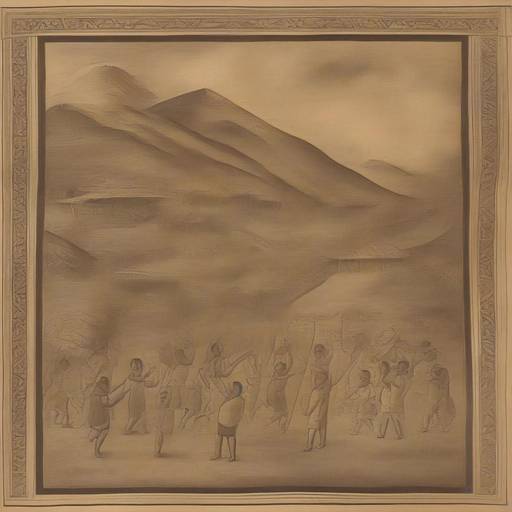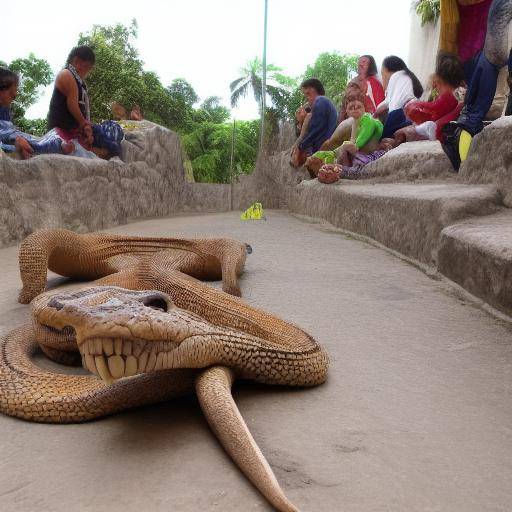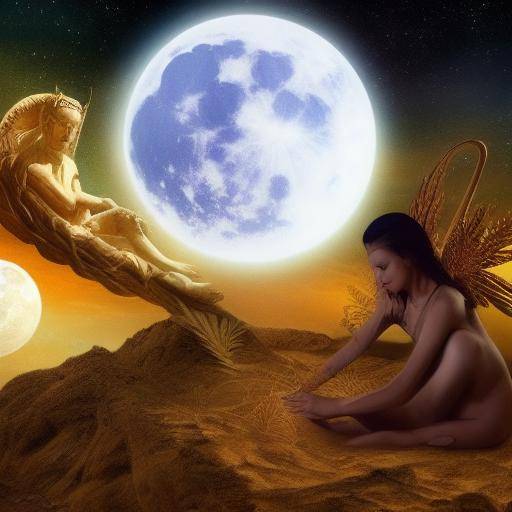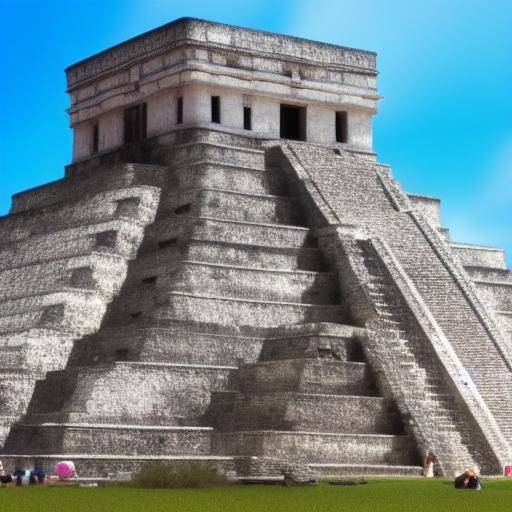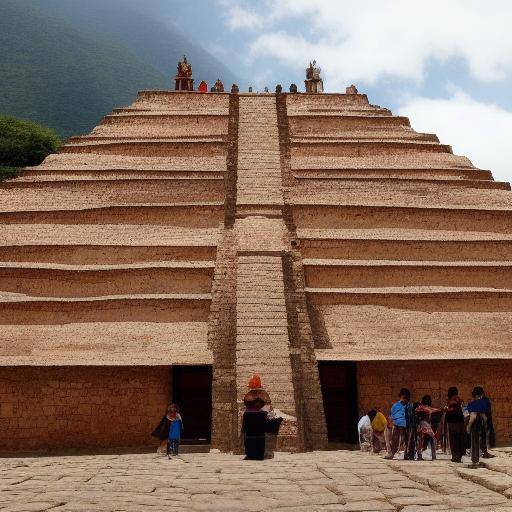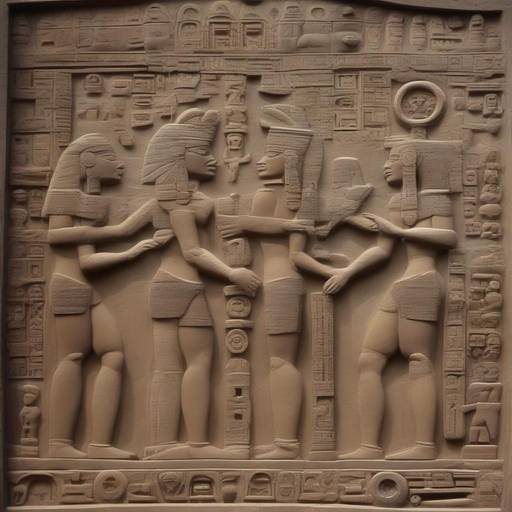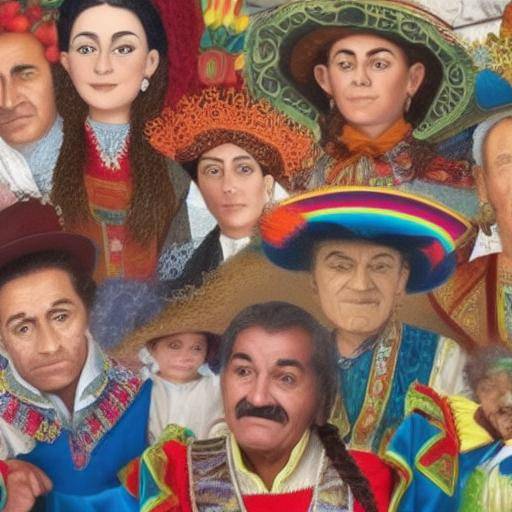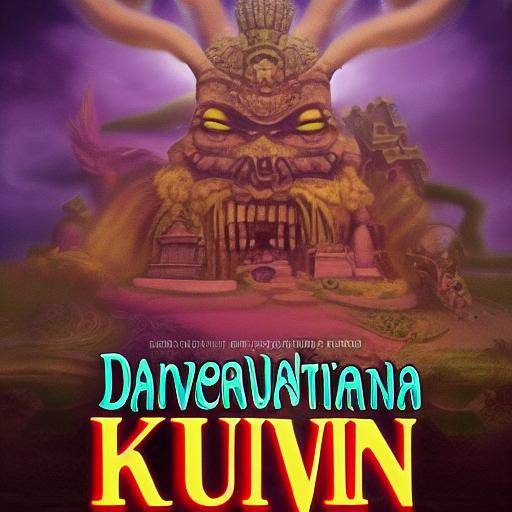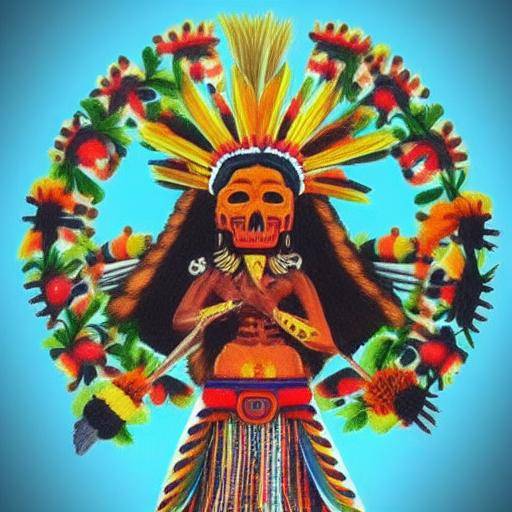
Welcome to this fascinating journey through pre-Columbian mythology, where we will explore the imposing figure of Huitzilopochtli, the god of war and the sun! In this article, you will know the enigmatic history of this primordial deity, its legendary myths, its cultural importance and its relevance in Aztec mythology. Prepare to enter into a world full of mysticism and epic battles.
Introduction
Huitzilopochtli, whose name means "Colibrí del Sur" or "Colibrí Zurdo", is one of the most venerated deities in Aztec mythology, where its influence intertwines with the birth of Aztec civilization itself. This warrior god, associated with the sun and war, awakes the curiosity and astonishment of those who immerse themselves in pre-Columbian legends. Join us on this journey to unravel the mysteries surrounding Huitzilopochtli and discover its lasting legacy.
Origins and Historical Evolution
Former Splendor of Aztec Culture
The emergence of Aztec mythology dates back to ancient times, where rituals, beliefs and traditions converged in the enigmatic cosmovision of this ancient people. Pre-Columbian myths wrought the stories about gods and heroes, giving a transcendental meaning to human existence.
The Cult to Huitzilopochtli
Huitzilopochtli stands as a central figure in the pantheon of Aztec deities, being worshipped with fervor and devotion. His cult intertwined closely with the foundation of Tenochtitlán, the majestic Aztec capital. The mythical accounts of Huitzilopochtli narrate their crucial role as protector and guide of the Aztec people in their journey through unknown lands.
The Struggle between Light and Darkness
The myths around Huitzilopochtli embody the eternal confrontation between light and darkness, embodying the tireless struggle for cosmic equilibrium. Its role as a solar god symbolizes the daily renewal, vitality and vital momentum that sustains the known world.
The Fall and the Renaissance
The dramatic narrative about Huitzilopochtli's life spans episodes of intrigue, betrayal and redemption. The desperate struggle between good and evil, embodied in mythical accounts, reveals deep facets of this warrior deity, forged in the crucible of adversity and overcoming.
Deep analysis
Cultural Legacy and Contemporary Meaning
The legacy of Huitzilopochtli remains today, transcending the barriers of time and space. Its influence is manifested in various artistic expressions, ritual ceremonies and contemporary narratives, enriching the cultural heritage of the Mexican nation.
The Duality of Huitzilopochtli
The duality inherent in Huitzilopochtli, as a god of war and sun, reflects a symbolic complexity that transcends the limits of simple descriptions. This duality represents not only the war confrontation, but also fertility, rebirth and resilience to adversity.
Spiritual Relevance and Pre-Columbian Myths
Pre-Columbian myths, intertwined with the Huitzilopochtli figure, possess a spiritual transcendence that permeates the Mesoamerican cosmovision. These mythical narratives offer a fascinating panorama of world conception, human nature and the relationship between gods and mortals.
Comprehensive review
Celebrations and Ritual Ancestors
The festivals in honor of Huitzilopochtli represent a vibrant synthesis of the rich Aztec ceremonial tradition, where dances, offerings and rituals exalt the memory of this divine colossus. These ancestral celebrations highlight the importance of preserving cultural roots and the mythological legacy for future generations.
The Influence of Huitzilopochtli in the News
The presence of Huitzilopochtli is manifested in diverse fields, from contemporary artistic manifestations to the demand of the Mesoamerican cosmovision in today's society. Its influence endures in collective consciousness, enriching the cultural fabric of modern society.
Comparison Vision of Guerrera Deities
The representation of warrior deities in different mythologies of the world offers a fascinating field of comparison. By exploring parallels and contrasts between Huitzilopochtli and other divine figures of war, it deepens the understanding of the human and transcendental complexities that these deities personify.
Practical Tips and Accessible Recommendations
Commemorating the Mystic Hernce
Exploring and participating in celebrations dedicated to Huitzilopochtli allows you to immerse yourself in the richness of Aztec mythology, enriching the personal and collective understanding of this transcendental spiritual heritage.
Appreciation of Art and Iconography
Discovering and appreciating Huitzilopochtli's artistic representations in its many forms, whether in paintings, sculptures or popular art, gives a unique perspective on the aesthetic and symbolic influence of this legendary deity.
Exploration of Mythological Paths
Explore the paths of Aztec mythology, especially those leading to the mythical domains of Huitzilopochtli, offers the opportunity to reconnect with the spiritual roots of an ancestral culture.
Conclusions and FAQs
Conclusions
The figure of Huitzilopochtli, the icon of the warrior force and solar light, continues to attract the attention and admiration of those who explore the depths of pre-Columbian mythology. His legacy transcends the borders of time, symbolizing the perpetual struggle between shadow and light, chaos and harmony, battle and renewal.
FAQs
1. What is the symbolism associated with Huitzilopochtli?
Huitzilopochtli personifies the sun in its divine aspect, symbolizing light, vitality and creative energy. As a god of war, it represents the fighting force and defense of the Aztec people.
2. What is the importance of Huitzilopochtli in Aztec mythology?
Huitzilopochtli plays a fundamental role in the foundation and protection of Tenochtitlán, the legendary Aztec city. Its influence extends to the religious, political and military sphere.
3. What are the festivals dedicated to Huitzilopochtli?
The main festival in honor of Huitzilopochtli is the Panquetzaliztli, which includes ritual ceremonies, dances and offerings to honor his divinity as a god of war and sun.
4. What connection exists between Huitzilopochtli and the myth of Aztec creation?
According to Aztec mythology, Huitzilopochtli plays a crucial role in the creation of the world, freeing the solar gods from darkness and establishing cosmic order.
5. How is Huitzilopochtli represented in Aztec art?
Huitzilopochtli is frequently represented with attire warriors, holding weapons such as the feathered serpent and the sacred shield. Its appearance is adorned with feathers and solar elements.
6. How has Huitzilopochtli influenced contemporary culture?
The presence of Huitzilopochtli is manifested in various artistic expressions, assimilating new interpretations and symbolisms in the current context, from visual art to literature and cinema, reaffirming its relevance in collective memory.
Concluding our journey through the mysteries and greatness of Huitzilopochtli, we are confident that his mythological legacy will continue to inspire and captivate the coming generations, keeping alive the flame of the universe.

